Strut Assembly Parts: The Pillars of Structural Integrity in Modern Engineering
 2025.05.22
2025.05.22
 Industry News
Industry News
In the world of engineering, the role of Strut Assembly Parts in structural integrity cannot be underestimated. These parts play a vital role in various industries from construction to automotive, ensuring safety, reliability and durability. Whether you are building a skyscraper or designing a high-performance car, understanding the importance of strut assemblies is key to achieving a robust and efficient design.
What are Strut Assembly Parts?
Strut Assembly Parts are key components in various structural applications. At their core, they are a combination of struts, joints and other connecting parts that work together to support, stabilize and distribute loads. These parts often work in conjunction with other structural members such as beams, columns and braces to form an integrated system that ensures that the overall structure remains stable under stress.
A strut can be considered as a support structure used to resist axial compression. It acts similarly to a strut, but its uses go far beyond supporting the body of a car. Strut assemblies are commonly used in suspension systems, aircraft frames, building supports, and more.
Basic Components of a Strut Assembly
A typical strut assembly consists of multiple parts, each with a unique function. These parts include strut rods, bushings, bearings, brackets, and fasteners. Each component contributes to the overall performance and efficiency of the assembly.
Strut Rods: Primary Support Element
Strut rods are often considered the backbone of a strut assembly. Made from high-strength materials such as steel or alloys, strut rods provide the necessary stiffness to support the loads applied to the assembly. They are typically designed to withstand compressive forces and have the ability to resist bending, twisting, or other forms of deformation. In automotive applications, for example, strut rods help absorb shock and vibration, ensuring that the vehicle remains stable over rough terrain.
Bushings and Bearings: Promoting Stability and Comfort
Bushings and bearings are smaller but equally important components of a strut assembly. These components are designed to reduce friction and ensure smooth movement within the assembly. For example, in an automotive strut assembly, bushings absorb vibration and noise, resulting in a more comfortable ride. Bearings, on the other hand, are used to facilitate rotational movement and are often used in systems that require the strut to move or adjust position.
Bushings and bearings are typically made from materials such as rubber, polyurethane, or metal, depending on the specific requirements of the application. The choice of material is critical to ensuring the longevity and durability of the strut assembly.
Mounts: The connection between the strut and the structure
Strut mounts are used to secure the strut assembly to a larger structure, whether it be a vehicle chassis or a building frame. These mounts must be strong enough to withstand the forces transmitted through the strut while also allowing the movement required to accommodate changes in load. In automotive applications, shock absorber mounts also act as buffers, isolating the shock absorber from the rest of the vehicle, thereby reducing noise, vibration, and harshness (NVH).
Shock absorber mounts typically feature rubber or polymer inserts to absorb vibrations and ensure that the shock absorber fits snugly against the vehicle structure. They are also designed to allow limited movement, ensuring that the shock absorber can function properly without compromising the integrity of the entire system.
The Role of Strut Assembly Parts in Various Industries
While strut assemblies are vital in many industries, their applications vary depending on the nature of the project. In the fields of construction and civil engineering, struts are an essential component of temporary or permanent support systems. For example, in tunnel construction, strut assemblies are used to stabilize walls to prevent collapse during excavation. Similarly, in bridge construction, strut assemblies help increase the overall strength and stability of the structure.
In the automotive industry, strut assemblies are an integral part of the suspension system, providing the necessary support to keep the vehicle's tires in contact with the road even under extreme conditions. Strut assemblies in vehicles also control ride quality by absorbing road irregularities, minimizing the impact on passengers.
 EN
EN  English
English Español
Español


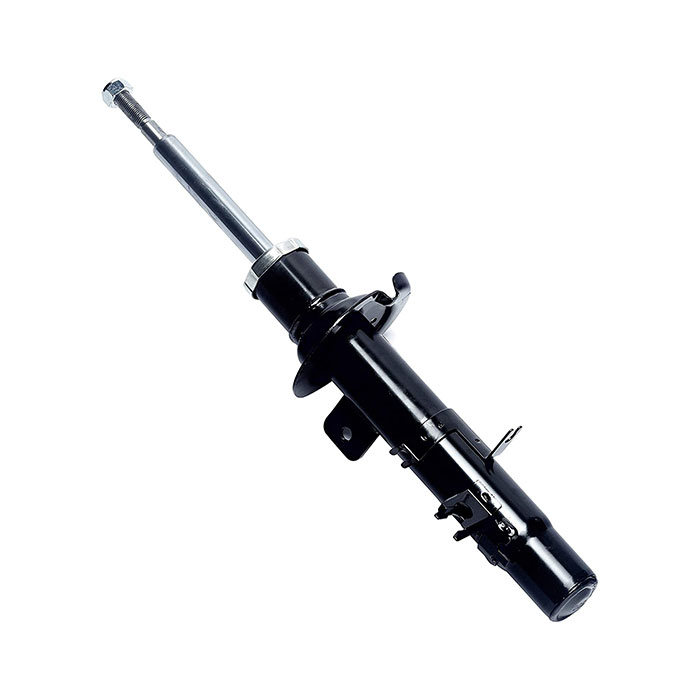
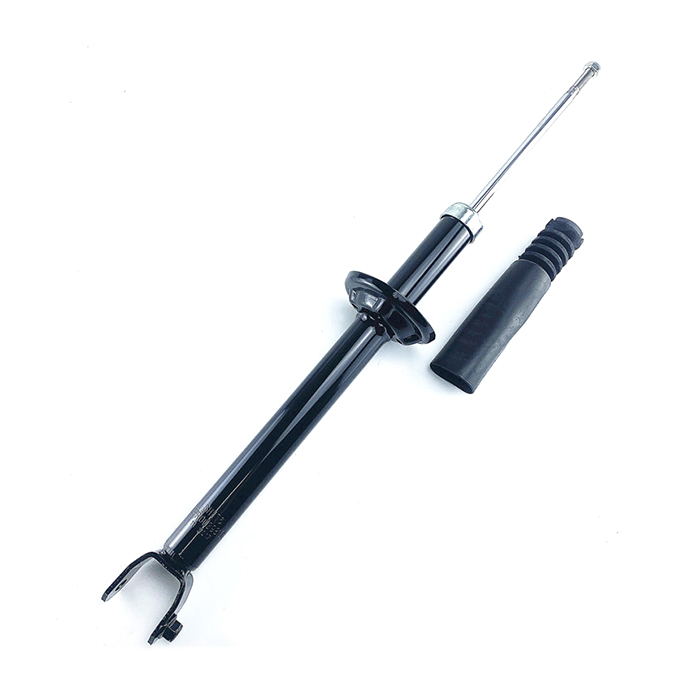
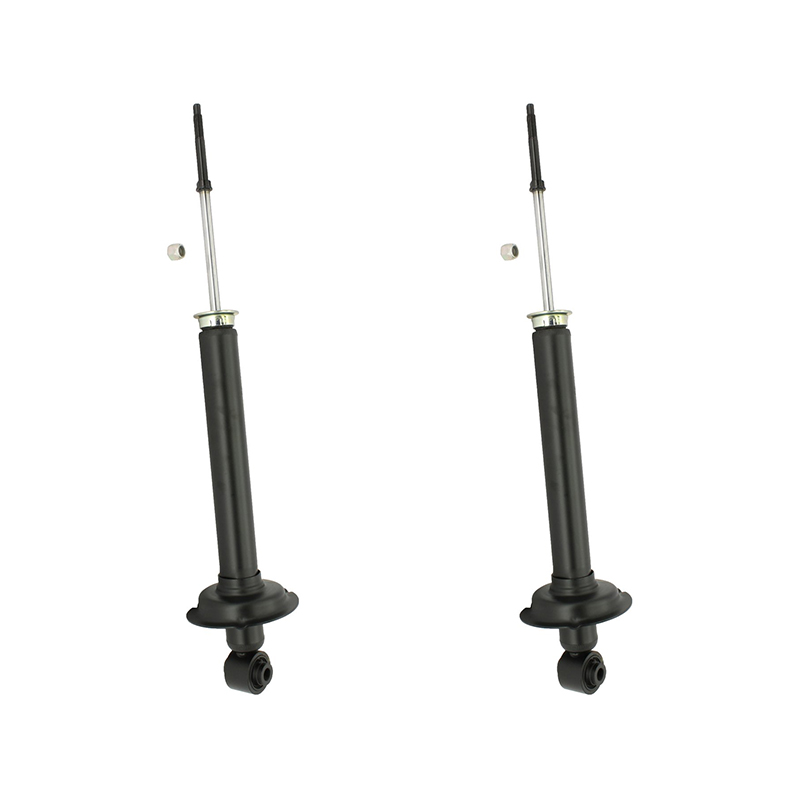
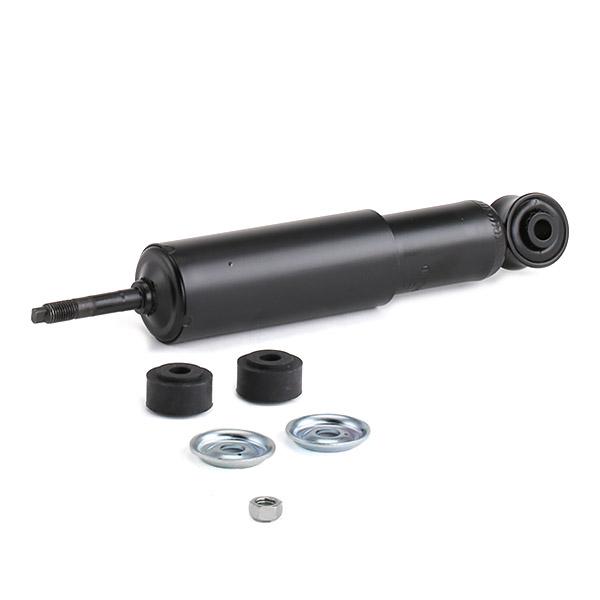
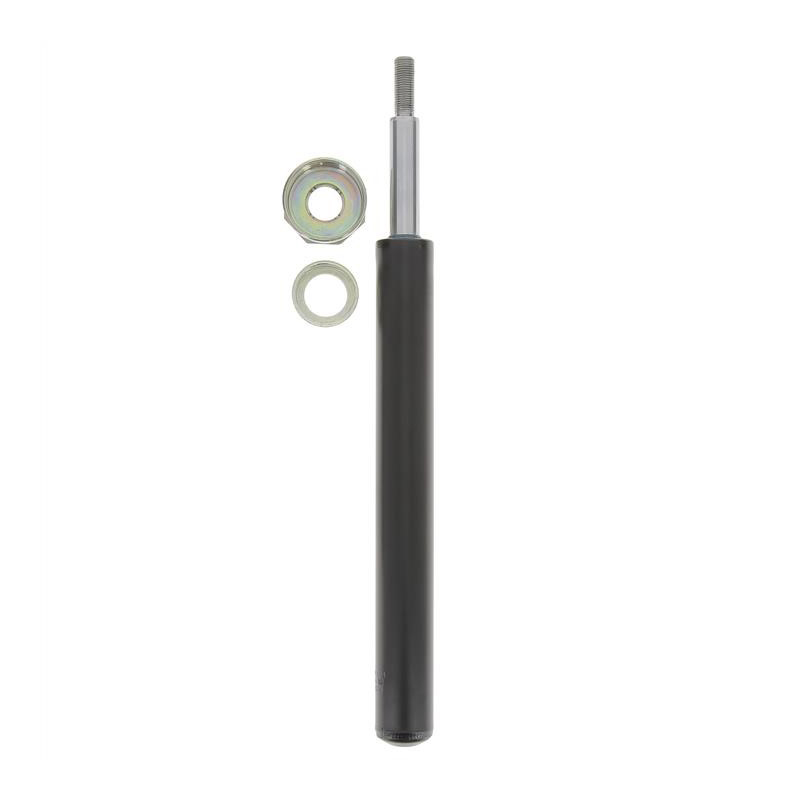
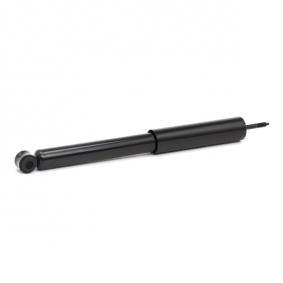
 +86-13757453333
+86-13757453333  +86-572-8355557
+86-572-8355557  Caroline@gerep.cn
Caroline@gerep.cn  No. 36, South Zhenxing Rd., Zhongguan Town, Deqing County, Huzhou, Zhejiang, China
No. 36, South Zhenxing Rd., Zhongguan Town, Deqing County, Huzhou, Zhejiang, China 